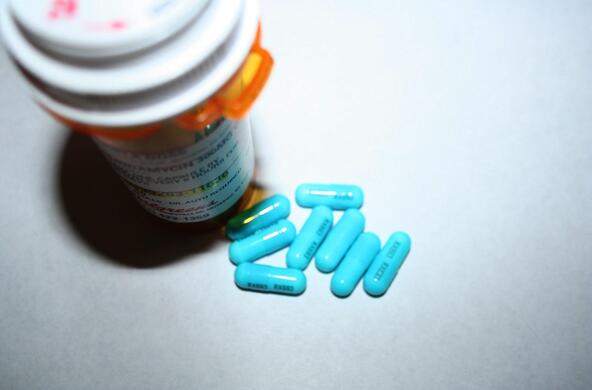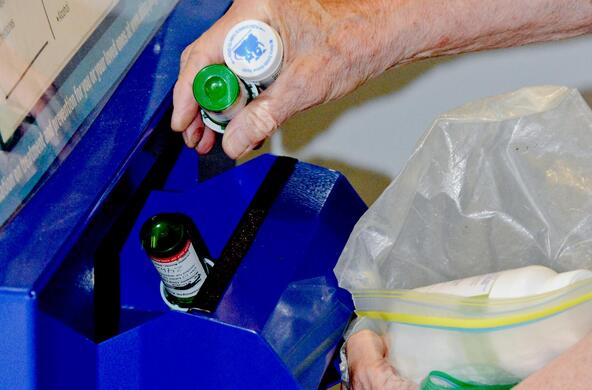
What we can do to keep drugs out of our water supply.
A wide range of drugs - everything from antibiotics to antihistamines, are showing in our rivers, streams and water supply and it is having an impact on our environment. What can we do about it?
Rosi: Commonly detected drugs include caffeine, antibiotics, antihistamines, antidepressants, and of course pain killers and analgesics like ibuprofen and acetaminophen.
Emma Rosi is a senior scientist at the Cary Institute of Ecosystem Studies.
Rosi: There are a lot of things we can do about this. One of the problems in the US is is the failing infrastructure. Our wastewater treatment plants and the pipes that carry the sewage to wastewater treatment plants are in serious state of disrepair. We should invest in upgrading and maintaining our sewage infrastructure.
Another thing that people can do is to minimize how much we use in terms of our pharmaceuticals and personal care products. People don't realize that what you use in your everyday lives, the soaps, the detergents, the drugs that we take, actually end up in the environment. If we can minimize our use and not take unessential compounds, then we can minimize what's getting into the environment.
If you have drugs that are expired medications or ones that you don't want, you should take them to a take-back program. Most states the state police will take back the drugs and then they will properly dispose of them through incineration. So instead of dumping them down the drain, which you should never do, rather take them to a state police or sometimes pharmacies will take drugs back as well.
A lot of drugs actually end up in landfills through disposal in our garbage, but that's just putting the problem to some other day, some future time, because in the landfills they're not going to break down either. It's best to dispose of them through incineration.
Photo: theglobalpanorama via Flickr






